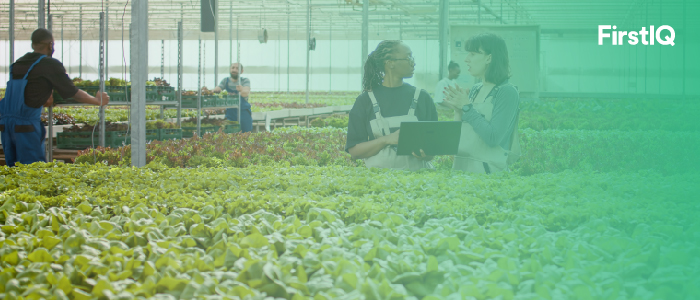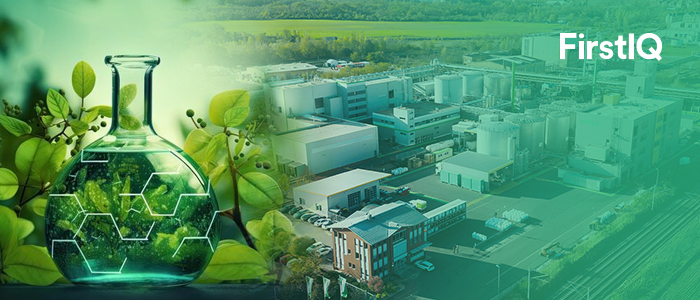China Cultivates Precision: 2025 Ushers in a Smart Growth Era for Crops

China's 2025 agricultural revolution is not just about growing more food it is about doing it smarter. At the heart is Plant Growth Regulators (PGRs), being changed from compliant agrochemicals into intelligent solutions for climate-proof, high-efficiency farming. Merging biotech breakthroughs, government support, and on-farm success, China is showing how PGRs can revolutionise the future of agriculture.
Field Results Prove the Power of Bio-Based PGRs
May 31, 2025, was when history was made in Henan Province, China, with the promise of biological origin PGRs being proved. Chengdu Newsun Crop Science used a microbe-based PGR known as coronatine on Xiayi County wheat crops. The effect was gigantic:
- 65% yield increase
- Increased plant growth uniformity
- Decrease in disease occurrence
- Enhanced lodging resistance
This was no lab test it was a state-monitored field trial, providing proof that biologically derived PGRs are ready for large-scale use in Chinese agriculture.
Solutions for Drought-Sensitive Areas
From 2022 through 2024, a study across Xinjiang Province targeted the flower and pod drop of soybean crops a priority one objective for soybean farmers in arid or stress-vulnerable areas. Foliar spray treatment with Naphthaleneacetic Acid, Prohexadione-calcium, and a compound referred to as ICE6 showed high performance:
- Wide reduction in flower and pod drop
- Pod retention on the plant as it matures is improved
- Seed set and yield stability are improved
These findings have turned PGRs into strategic inputs for securing return on investment, particularly under climatically adverse conditions.
New Labelling Rules Indicate Policy Change
China's Ministry of Agriculture and Rural Affairs published a 28th May 2025 consultation draft to modify the requirements of pesticide and PGR labelling. The overhaul is set to:
- Streamline product application for farmers
- Preventing misuse with simpler instructions
- Improving transparency and field compliance
These reforms are part of the government's long-term agenda of more responsible, traceable, and science-based agrochemical use. Companies will have to unify packages, while farmers enjoy greater usability and security.
Biotechnology Integration Strengthens the Ecosystem
The creation of PGR in China is being driven by developments in biotechnology. During the 2025 China Seed Congress, more than 80 genetically modified (GM) crop species now have national approval:
- 37 gene-edited corn varieties
- 14 GM soybean varieties
- 70 GM cotton varieties with insect resistance
They are bred for compatibility with next-generation PGRs, making it possible for integrated programs for pest management and performance. Synergistic effect is a process in which genetic potential and chemical precision act synergistically.
Collaboration and Commercialisation in Motion
Firms such as Chengdu Newsun are collaborating with governments and research centres to commercialise next-generation biologicals. Field trials across China's variegated agro-climatic regions are not just proving performance they're establishing the basis for science-led, regulatory-compliant solutions at scale.
This triple intersection of private innovation, public research, and policy transformation is positioning China as a global example of how PGRs can be placed at the centre of national crop productivity initiatives.
A Globally Scalable Agritech Model
As this tale unfolds in China, its reach is worldwide. To investors and agritech producers everywhere, China's 2025 PGR proposal presents a template a harmonious system in which biologicals, regulation, and plant performance are synergistic.
With a world that demands more productivity from fewer resources, China is showing us how to scale innovation and make it smart. Plant Growth Regulators are no longer an extravagance They're quickly becoming the implement of the future in agri-revolution.




